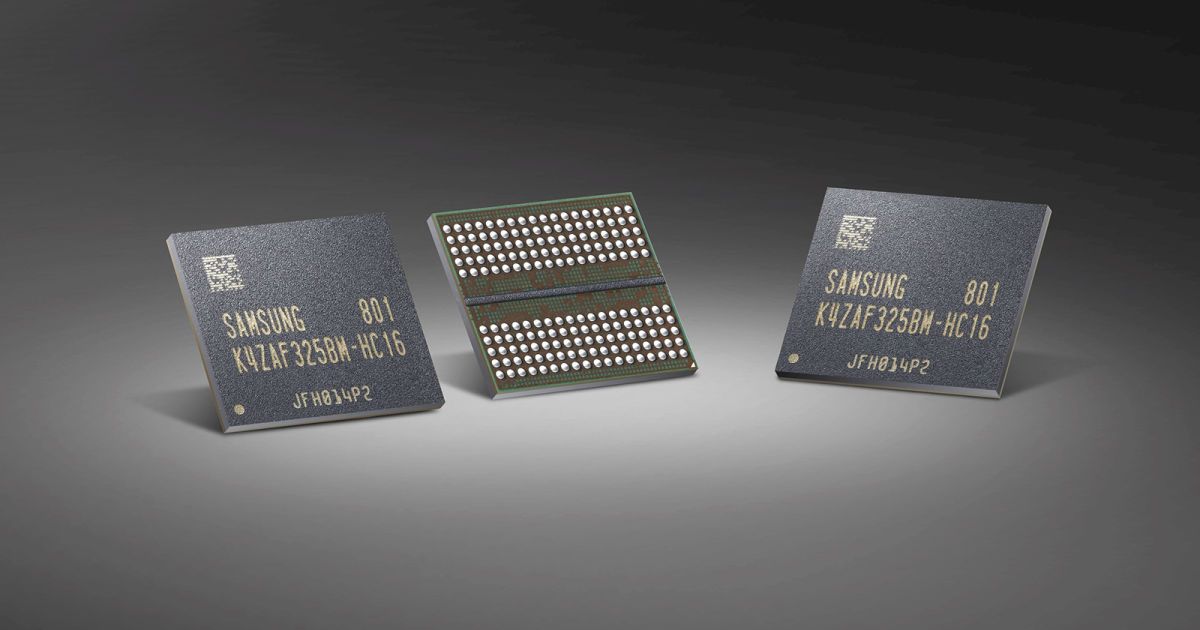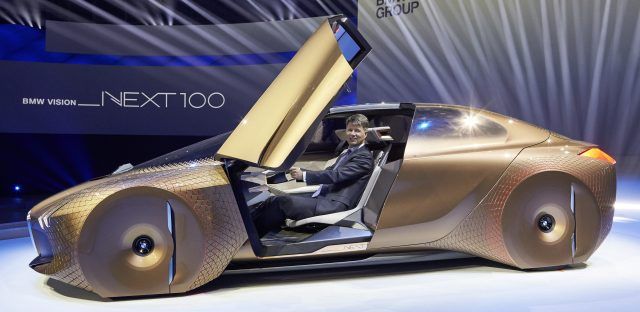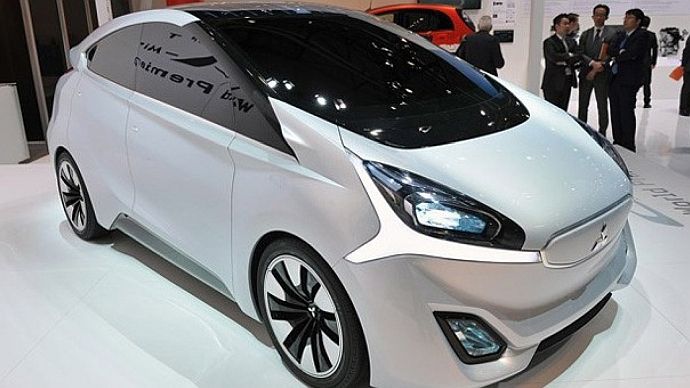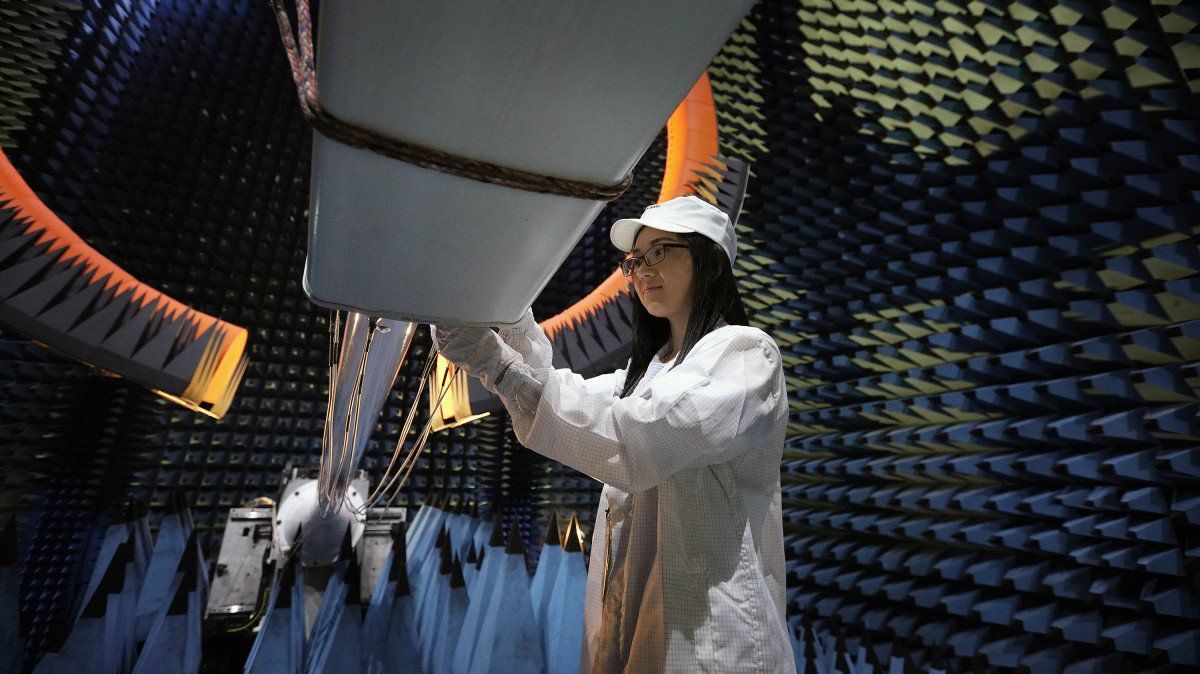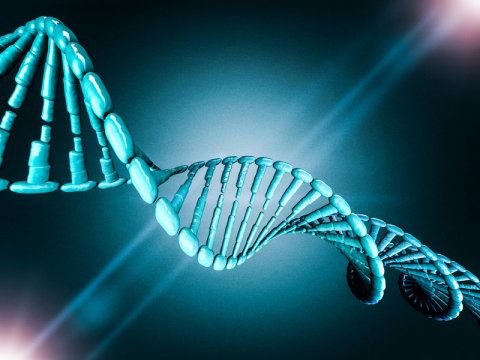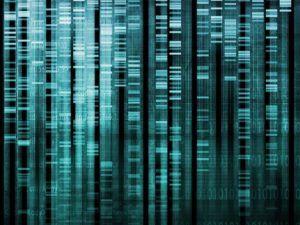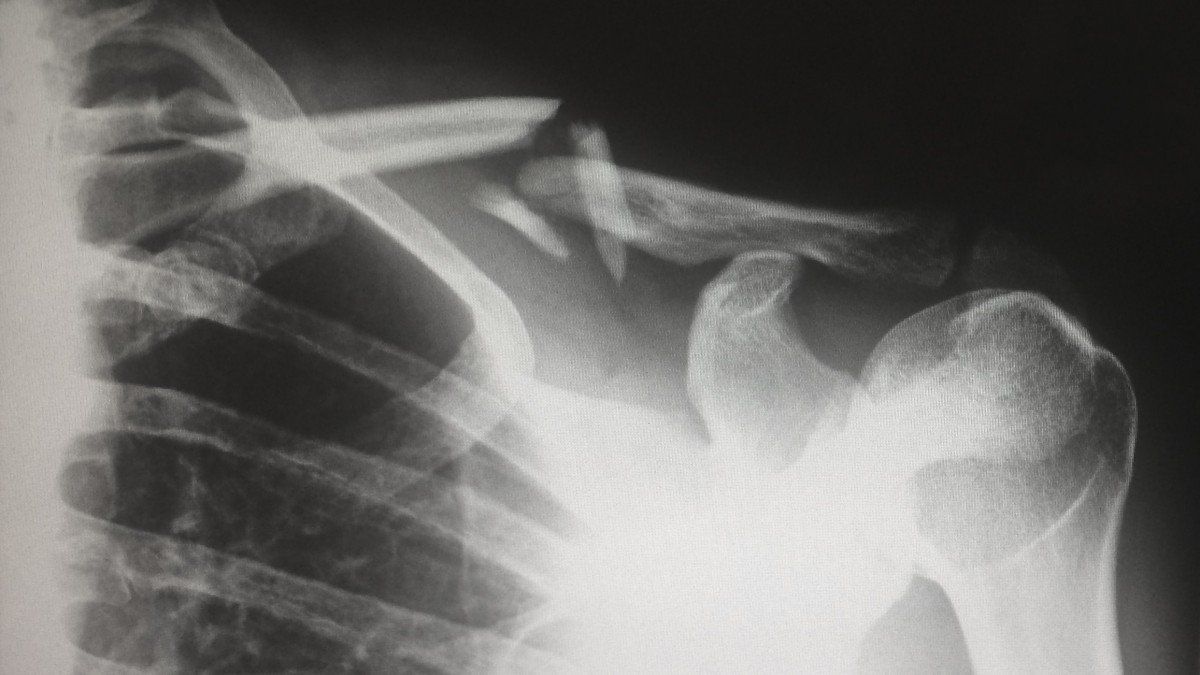Page 9702
Jan 19, 2018
Samsung starts producing GDDR6 RAM for next-gen graphics cards
Posted by Shailesh Prasad in categories: bitcoin, computing
You can start getting pumped about the next generation of graphics cards, as Samsung has announced that it’s building the first-ever 16-gigabit GDDR6 chips using its 10-nanometer class technology. The news isn’t a complete surprise, as Samsung previously said that GDDR6 was coming when it unveiled 8-gigabit DDR4 RAM chips last month and won a CES 2018 Innovation Award in November.
“Beginning with this early production of the industry’s first 16Gb GDDR6, we will offer a comprehensive graphics DRAM line-up, with the highest performance and densities, in a very timely manner,” said Samsung’s Senior VP Jinman Han. The company also did a minor tease, saying the chips “will play a critical role in early launches of next-generation graphics cards and systems.”
The voracious demand from bitcoin mining has pushed the GeForce GTX 1070 from a $380 suggested retail price to $890.
Continue reading “Samsung starts producing GDDR6 RAM for next-gen graphics cards” »
Jan 19, 2018
BMW now says that its Tesla Model 3 competitor iNext will have an insane 435-mile range
Posted by Shailesh Prasad in categories: sustainability, transportation
BMW is promising a series of new all-electric cars starting next with the first all-electric Mini, but the most anticipated one is the 2021 iNext electric vehicle, which the German automaker has been positioning as a Tesla Model 3 competitor.
They are now hinting at a major range increase for the upcoming vehicle.
Jan 19, 2018
Mitsubishi Will Sell Cars With No Mirrors Next Year
Posted by Shailesh Prasad in categories: robotics/AI, transportation
You know that warning on your car’s side view mirror that says “objects may be closer than they appear”? You won’t see that on this new Mitsubishi prototype. You won’t even see mirrors on it.
That’s because Mitsubishi has ditched the mirrors and replaced them with cameras: one each on the driver’s and passengers side and another to handle rear-view duties. There’s more to the system than just cameras, of course.
As is the case with almost everything tech-related in the news these days, Mitsubishi’s mirrorless system will utilize an advanced AI to help keep drivers safe. The cameras can detect objects as far away as 100 meters, and the AI can distinguish between pedestrians and vehicles — and even figure out what kind of vehicle is approaching.
Continue reading “Mitsubishi Will Sell Cars With No Mirrors Next Year” »
Jan 19, 2018
China publishes more scientific articles than the U.S.
Posted by Dan Kummer in categories: engineering, finance
A new analysis of global science and engineering competence shows that the United States is struggling to fight off an increasingly competitive China.
The numbers: According to the National Science Foundation, China published over 426,000 research papers in 2016. America pumped out almost 409,000. If you consider the number of citations for those papers, a measure of the influence they have in the scientific community, America does better—it placed third internationally, while China comes in fifth (Sweden and Switzerland took the top spots).
Strengths elsewhere: The report does, however, note that America invests the most in R&D, attracts the most venture capital, and awards the most advanced degrees compared with every other nation in the world.
Continue reading “China publishes more scientific articles than the U.S.” »
Jan 19, 2018
Real-world intercontinental quantum communications enabled by the Micius satellite
Posted by Saúl Morales Rodriguéz in categories: encryption, internet, mathematics, quantum physics, security, space
A joint China-Austria team has performed quantum key distribution between the quantum-science satellite Micius and multiple ground stations located in Xinglong (near Beijing), Nanshan (near Urumqi), and Graz (near Vienna). Such experiments demonstrate the secure satellite-to-ground exchange of cryptographic keys during the passage of the satellite Micius over a ground station. Using Micius as a trusted relay, a secret key was created between China and Europe at locations separated up to 7,600 km on the Earth.
Private and secure communications are fundamental for Internet use and e-commerce, and it is important to establish a secure network with global protection of data. Traditional public key cryptography usually relies on the computational intractability of certain mathematical functions. In contrast, quantum key distribution (QKD) uses individual light quanta (single photons) in quantum superposition states to guarantee unconditional security between distant parties. Previously, the quantum communication distance has been limited to a few hundred kilometers due to optical channel losses of fibers or terrestrial free space. A promising solution to this problem exploits satellite and space-based links, which can conveniently connect two remote points on the Earth with greatly reduced channel loss, as most of the photons’ propagation path is through empty space with negligible loss and decoherence.
A cross-disciplinary multi-institutional team of scientists from the Chinese Academy of Sciences, led by Professor Jian-Wei Pan, has spent more than 10 years developing a sophisticated satellite, Micius, dedicated to quantum science experiments, which was launched on August 2016 and orbits at an altitude of ~500 km. Five ground stations in China coordinate with the Micius satellite. These are located in Xinglong (near Beijing), Nanshan (near Urumqi), Delingha (37°22’44.43’‘N, 97°43’37.01” E), Lijiang (26°41’38.15’‘N, 100°1’45.55’‘E), and Ngari in Tibet (32°19’30.07’‘N, 80°1’34.18’‘E).
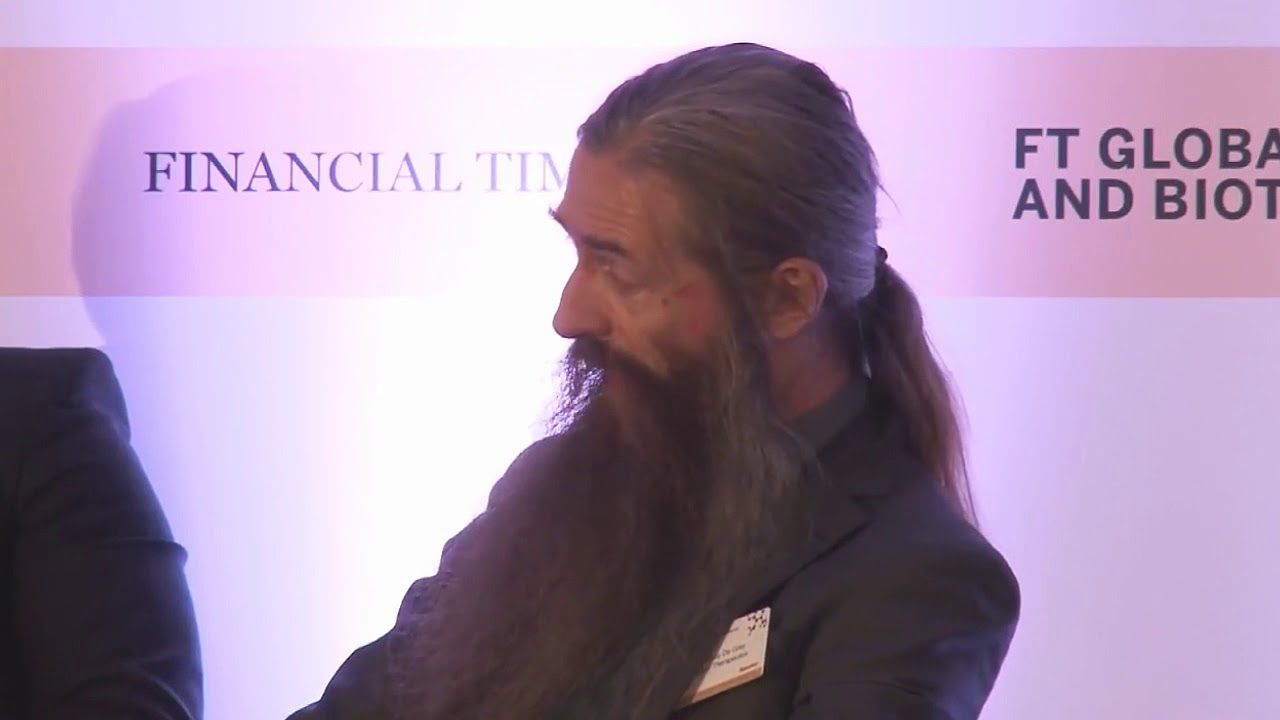
https://www.youtube.com/watch?v=lJp55EFbSlc
Website ► http://sens.org
YouTube ► https://www.youtube.com/user/SENSFVideo
Facebook ► https://www.facebook.com/sensf
Twitter ► https://twitter.com/senstweet
SENS Research Foundation is a 501©(3) public charity that is transforming the way the world researches and treats age-related disease.
Jan 19, 2018
Activating a single gene is sufficient to change skin cells into stem cells
Posted by Montie Adkins in categories: biotech/medical, innovation
In a scientific first, researchers have turned skin cells from mice into stem cells by activating a specific gene in the cells using CRISPR technology. The innovative approach offers a potentially simpler technique to produce the valuable cell type and provides important insights into the cellular r…
Jan 19, 2018
WEF Global Future Council — Human Enhancement / AARP Survey
Posted by Ira S. Pastor in categories: aging, bioengineering, biological, bioprinting, biotech/medical, chemistry, cryonics, disruptive technology, DNA, futurism, homo sapiens
Jan 19, 2018
AI is continuing its assault on radiologists
Posted by Dan Kummer in categories: information science, robotics/AI
A new model can detect abnormalities in x-rays better than radiologists—in some parts of the body, anyway.
The results: Stanford researchers trained a convolutional neural network on a data set of 40,895 images from 14,982 studies. The paper documents how the algorithm detected abnormalities (like fractures, or bone degeneration) better than radiologists in finger and wrist radiographs. However, radiologists were still better at spotting issues in elbows, forearms, hands, upper arms, and shoulders.
The background: Radiologists keep getting put up against AI, and they usually don’t fare even as well as this. Geoffrey Hinton, a prominent AI researcher, told the New Yorker that advances in AI mean that medical schools “should stop training radiologists now.”
Continue reading “AI is continuing its assault on radiologists” »

